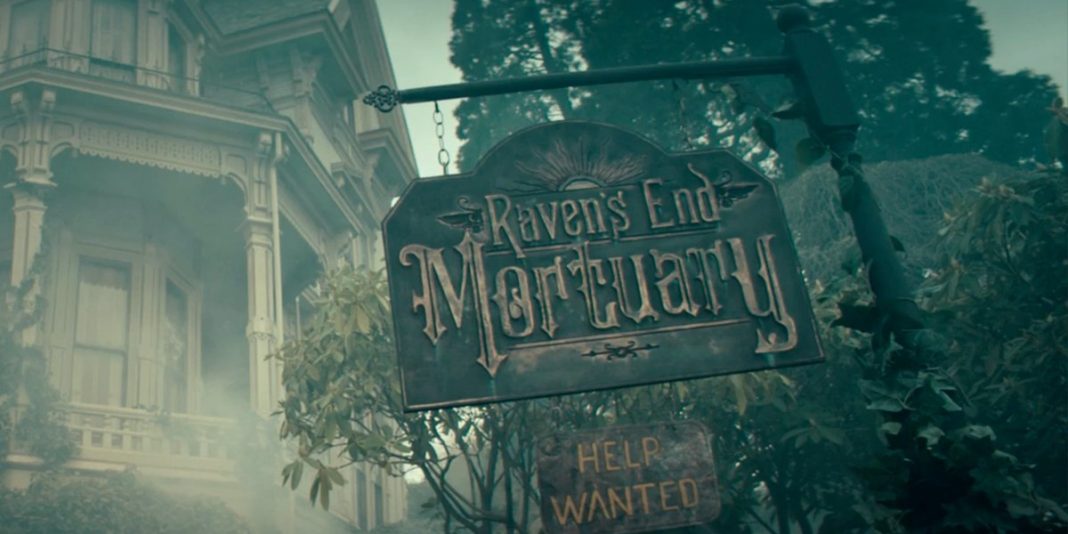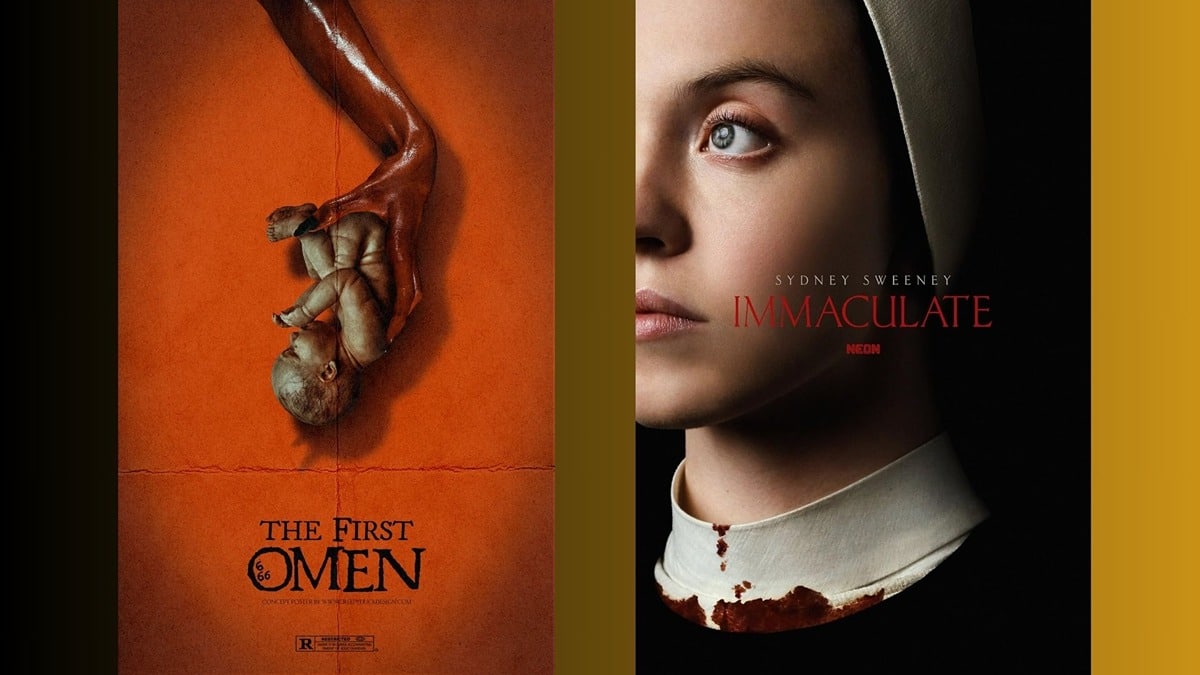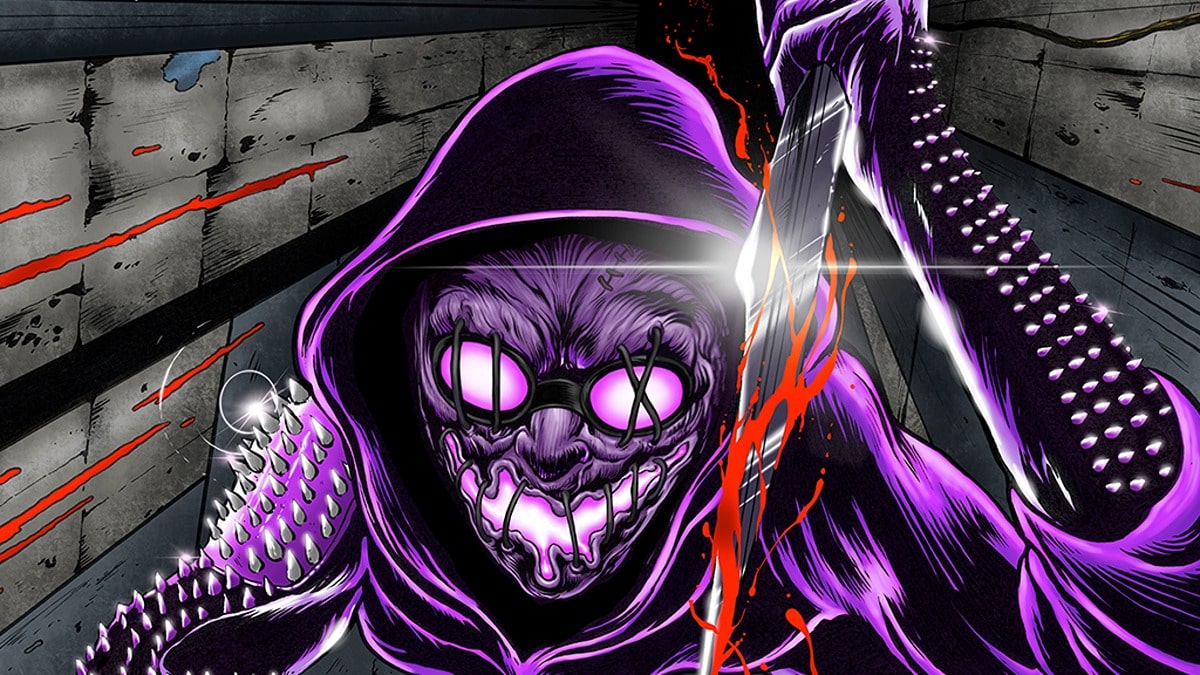Horror anthologies offer filmmakers the chance to flex their creative muscles, to be inventive with stories featuring broken morals, strange sins, and blood-soaked twists. Shudder’s The Mortuary Collection, directed by Ryan Spindell (Kirksdale, The Babysitter Murders), ticks all of those boxes, but it puts its own spin on the reasons why we consume horror stories.
The Mortuary Collection is about storytelling and why certain kinds of stories are just inevitable. Nostalgia finds no allies here, no supporting voices for the same old tricks audiences have already fallen for in other films. The intention here is to celebrate anthologies and the challenge they pose to storytellers in demanding fresh terrors with timeless moral lessons.
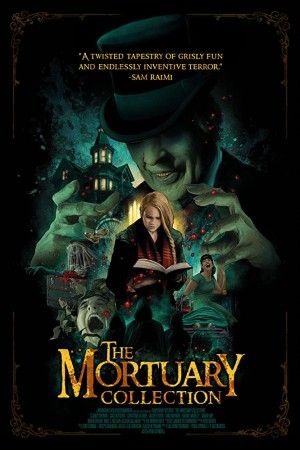
Spindell, who also wrote the script, lays bare his storytelling vision in four story segments weaved into a frame story that’s carried by a mortician named Montgomery Dark, the movie’s storyteller. The mortician is played by actor Clancy Brown (Highlander, Carnivàle, and the voice of Lex Luthor in the Superman and Justice League cartoons), who melts into the character via impressively layered make-up effects and a slight change in voice to sound both older and more playfully ominous. Brown’s segments are magnetic and make one wish more time could be spent with him.
Montgomery Dark meets a woman looking for a job at the Raven’s End Mortuary (Dark’s establishment) only to find the potential employee is interested in hearing stories about the dead people that end up in the care of the mortician. Each story follows the classic morality tale format. An unsuspecting character indulges in morally dubious and selfish acts while completely oblivious to the fact grisly consequences await him or her after all’s said and done. It’s a reminder that evil never truly escapes punishment.
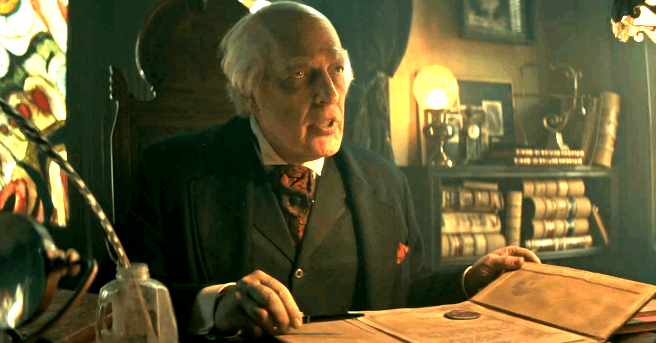
What’s special about the stories is that their level of quality never wavers. Each one surprises in its own way and they are expertly shot, focusing on the least explored elements of short horror story collections. In a sense, the movie’s interest in subverting genre conventions to see which ones survive the shift in perspective is also manifests in the visual approach taken by Spindell. This can best be appreciated in the movie’s color palette, which favors brighter colors and solid colors to get a better view of horrors on screen. It gives the movie an unique look that somehow honors what came before while offering new ways in which horror can be colored.
Following with the movie’s focus on storytelling, the mortician character relishes every opportunity to remind viewers about the narrative conventions of each story as they’re told. He tells us what counts as a cliché or what themes are at play throughout the stories only to flip them on their head in the next segment.
There’s a desire to remind everyone that, regardless of the story mechanisms on display, tales entrenched in morality and the idea of ‘good vs. evil’ are inescapable and are forever destined to brought up again and again. It’s a clever way of saying people never learn and always have to be reminded not to do bad things.
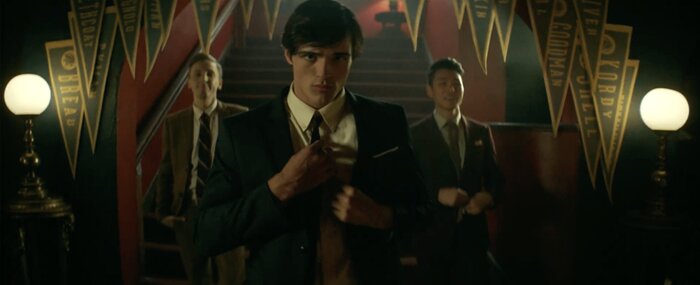
One of the stories, for instance, looks at unprotected sex but sets its sights on the sexually irresponsible male character we’re all familiar with and puts him through the motions of body horror and the pressures of keeping up appearances. Another one follows a married couple that is put to the test on the “in sickness and in health, till death do us part” section of the marriage contract. They all feature bad decisions that could’ve been avoided, which is why they keep coming back in anthologies. We just never learn.
There’s no interest in putting the audience in familiar territory. What makes The Mortuary Collection work is its willingness to take risks for fun but subversive stories that strip modern morality apart. As the mortician himself says at one point, these type of stories have timeless lessons, but just because they’re timeless doesn’t mean they can’t be molded to fit our present anxieties and fears.
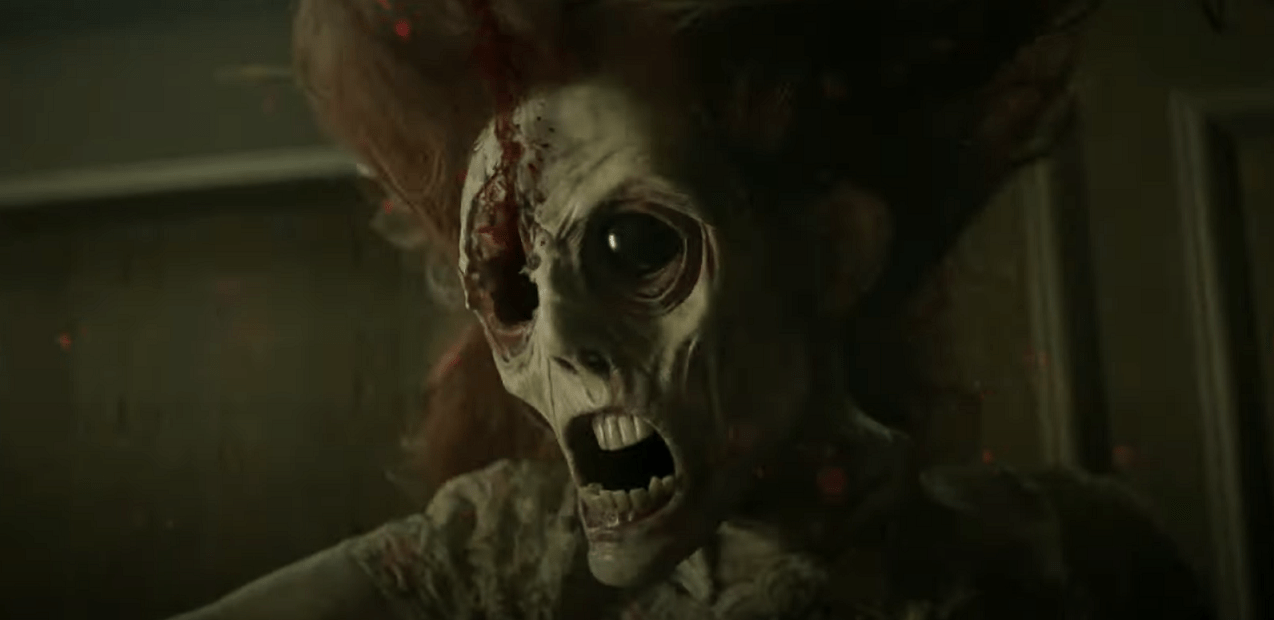
Gore aficionados will find a lot to love here, but there’s not one single drop of blood or severed body part that’s shown just for the sake of it. It’s all tied to the storytelling and in the service of quick and hard-hitting character development. Spindell does a good job making us care for everyone and everything in each story, whether they’re good or bad. Every inevitable fate plays out as a darkly comedic tragedy rather than a cathartic showing of retribution where the “good guys” score a resounding win. Truly, this anthology has a lot of surprises up it sleeves.
The Mortuary Collection is a special kind of horror anthology. It’s interested in pushing horror forwards, not in retreading past haunts. The result is a very polished and impressively shot film that pulls no punches and even hides an Easter egg or two for those who’ve seen director Spindell’s excellent short horror films (be on the lookout for mentions of a particular asylum from one short and horror references in the final story segment). Here’s hoping the mortician gets the chance to tell more stories from his library of the dead.


